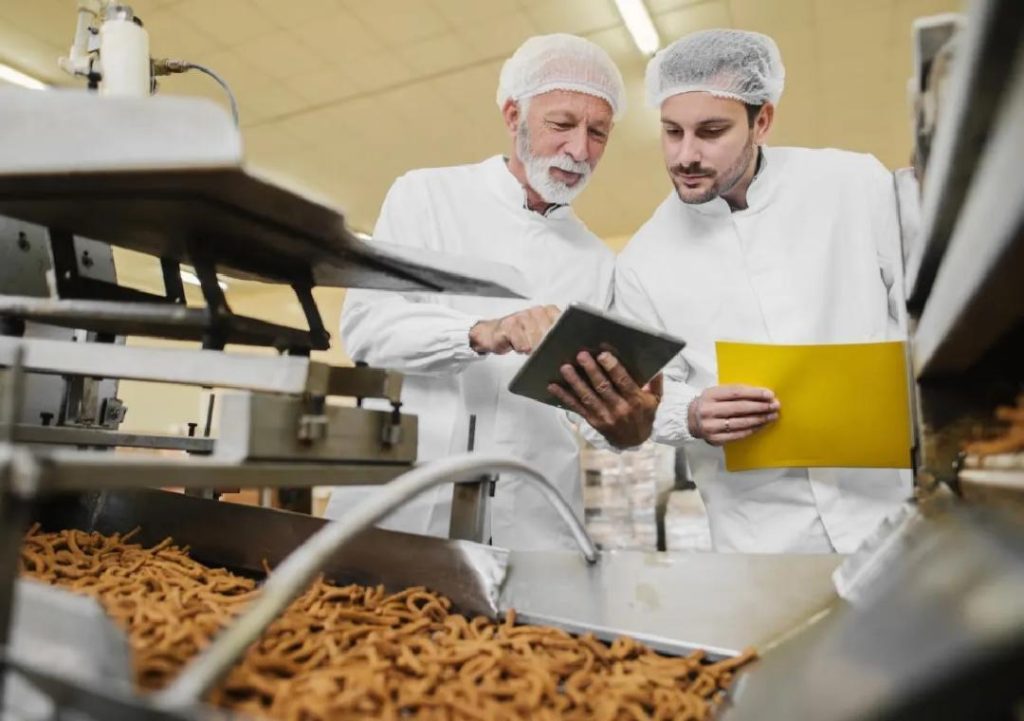
Can P&L Optimisation Redefine Success in Food Technology?
The food technology industry is known for its fast-paced and dynamic nature. With consumers becoming increasingly demanding and environmentally conscious, food tech companies are under pressure to innovate and improve their operations to stay ahead of the competition. One key area where food tech companies can gain a significant edge is through profit and loss (P&L) optimisation.
In recent years, the use of automation, smart inventory systems, and data analytics has become increasingly prevalent in P&L operations. These tools have enabled food tech companies to streamline their operations, cut waste, sharpen demand forecasting, and make better decisions. By adopting scalable models, businesses can boost their margins, ensure sustainable growth, and stay competitive in the industry.
So, what exactly is P&L optimisation, and how can it redefine success in food technology?
What is P&L Optimisation?
P&L optimisation is the process of maximising profitability by carefully managing a company’s income and expenses. It involves identifying areas where costs can be reduced, and implementing strategies to increase revenue. In the food tech industry, P&L optimisation is particularly important due to the high costs associated with food production, distribution, and waste.
Food tech companies that fail to optimise their P&L operations may struggle to maintain profitability, especially in the face of increasing competition and changing consumer preferences. By optimising their P&L operations, food tech companies can reduce their costs, improve their bottom line, and make informed decisions about investments and resource allocation.
Challenges in Food Tech P&L Operations
Food tech companies face a unique set of challenges when it comes to P&L operations. Some of the key challenges include:
- Food waste: Food waste is a significant problem in the food tech industry, with an estimated one-third of all food produced globally being lost or wasted. Food waste not only results in significant financial losses but also has environmental and social impacts.
- Inaccurate demand forecasting: Demand forecasting is a critical component of P&L operations in food tech. However, inaccurate demand forecasting can result in overproduction, underproduction, or even waste.
- Complex supply chain management: Food tech companies often have complex supply chains that involve multiple stakeholders, including farmers, manufacturers, distributors, and retailers. Managing these supply chains efficiently is critical to optimising P&L operations.
- Limited visibility into operations: Food tech companies often lack visibility into their operations, making it difficult to identify areas for improvement and optimisation.
Solutions for P&L Optimisation in Food Tech
Fortunately, there are several solutions that food tech companies can use to optimise their P&L operations. Some of these solutions include:
- Automation: Automation can help food tech companies streamline their operations, reduce costs, and improve efficiency. Automation can be used to monitor production levels, track inventory, and manage supply chains.
- Smart inventory systems: Smart inventory systems use data analytics and IoT technology to track inventory levels, monitor usage, and predict demand. These systems can help food tech companies reduce waste, optimise production, and improve supply chain management.
- Data analytics: Data analytics is a critical component of P&L optimisation in food tech. By using data analytics, food tech companies can identify trends, patterns, and correlations that can help them make better decisions about investments, resource allocation, and operations.
- Scalable models: Scalable models are essential for food tech companies that want to achieve sustainable growth and remain competitive in the industry. Scalable models allow companies to adapt to changing market conditions, scale up or down as needed, and respond to emerging trends and opportunities.
Benefits of P&L Optimisation in Food Tech
The benefits of P&L optimisation in food tech are numerous. Some of the key benefits include:
- Improved profitability: P&L optimisation can help food tech companies improve their profitability by reducing costs, increasing revenue, and making better decisions about investments and resource allocation.
- Reduced waste: P&L optimisation can help food tech companies reduce waste by identifying areas where food is being wasted and implementing strategies to reduce waste.
- Enhanced supply chain management: P&L optimisation can help food tech companies improve their supply chain management by providing real-time visibility into operations, identifying areas for improvement, and implementing strategies to reduce costs and improve efficiency.
- Better decision-making: P&L optimisation can help food tech companies make better decisions about investments, resource allocation, and operations by providing them with real-time data and insights.
Conclusion
P&L optimisation is critical for food tech companies that want to achieve success in the industry. By streamlining their operations, reducing waste, sharpening demand forecasting, and supporting better decisions, food tech companies can improve their profitability, reduce waste, enhance supply chain management, and make better decisions. By adopting scalable models, businesses can boost their margins, ensure sustainable growth, and stay competitive in the industry.
In conclusion, P&L optimisation is a critical component of success in food technology. By leveraging automation, smart inventory systems, data analytics, and scalable models, food tech companies can redefine success in the industry and achieve sustainable growth and profitability.
Source:
https://www.growthjockey.com/blogs/p-and-l-operations-in-food-tech






